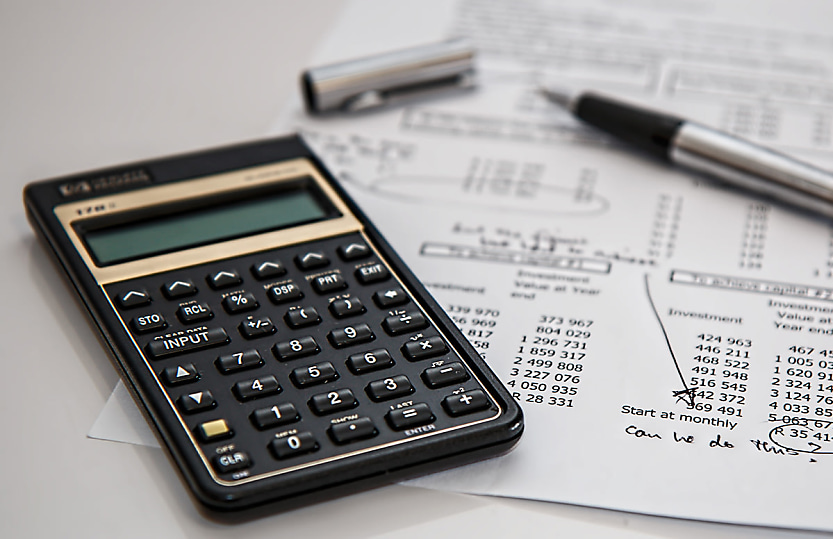Australia’s tax system exhibits ‘highly inefficient’ inequalities, economists say

Australia’s top earners are taxed vastly differently depending on how they earn their income, with stark productivity implications, analysis by the e61 Institute has found.
For the top 5 per cent of Australian earners, income bears “almost no relationship” with their effective tax rate, economic think tank the e61 Institute has found.
As Australian policymakers grapple with ways to boost the country’s abysmal productivity performance, the e61 Institute warned that the current setup of Australia’s tax system incentivised investments in less productive economic activities.
“Australia’s taxation of higher incomes exhibits substantial horizontal and vertical inequity and as a result is highly inefficient,” the institute said.
“It risks incentivising people to prioritise activities that are rewarded with capital gains over other forms of income even when they have a lower economic return.”
The Productivity Commission estimated that if productivity were to be lifted back up to Australia’s historical average, the typical worker could earn $14,000 more annually.
The e61 Institute said that recalibrating Australia’s tax system to incentivise more investment in human capital over financial assets and real estate would be important to the long-term performance of Australia’s economy.
They added that the “substantial horizontal and vertical inequity” present in the taxation of Australia’s highest earners was highly inefficient.
“These differences incentivise individuals to organise their careers so as to generate income from activities that are taxed more generously. In general, these are not the same activities that would maximise productive efficiency,” the think tank said.
For the bottom 95 per cent of individuals, tax rates are highly progressive, the e61 Institute found. However, the story looks different for the top 5 per cent, who account for 37 per cent of tax revenue.
In this group, the effective tax rate is unrelated to income, the e61 Institute’s analysis found.
The institute noted that some of the disparity in tax paid amongst Australia’s highest earners reflected genuine differences in the ability to pay, such as non-taxable benefits based on specific family needs.
However, much of the variance in tax rates paid by Australia’s highest earners could be explained by select deductions and capital gains tax treatment.
“Above the 93rd percentile, the capital gains discount becomes the largest driver of the difference in income tax rates between individuals with similar incomes,” the e61 Institute said.
The economists called on policymakers to improve the consistency of Australia’s tax system among high earners, to more equitably tax individuals who earn income in different ways.
“To support a dynamic and growing Australia, we require a tax system that doesn’t get in the way of people making the right choices,” they said.
“This requires taking a longer-term perspective where we recognise that people base their education, occupation and career choices on the lifetime after-tax incomes that they will earn.”
About the author

